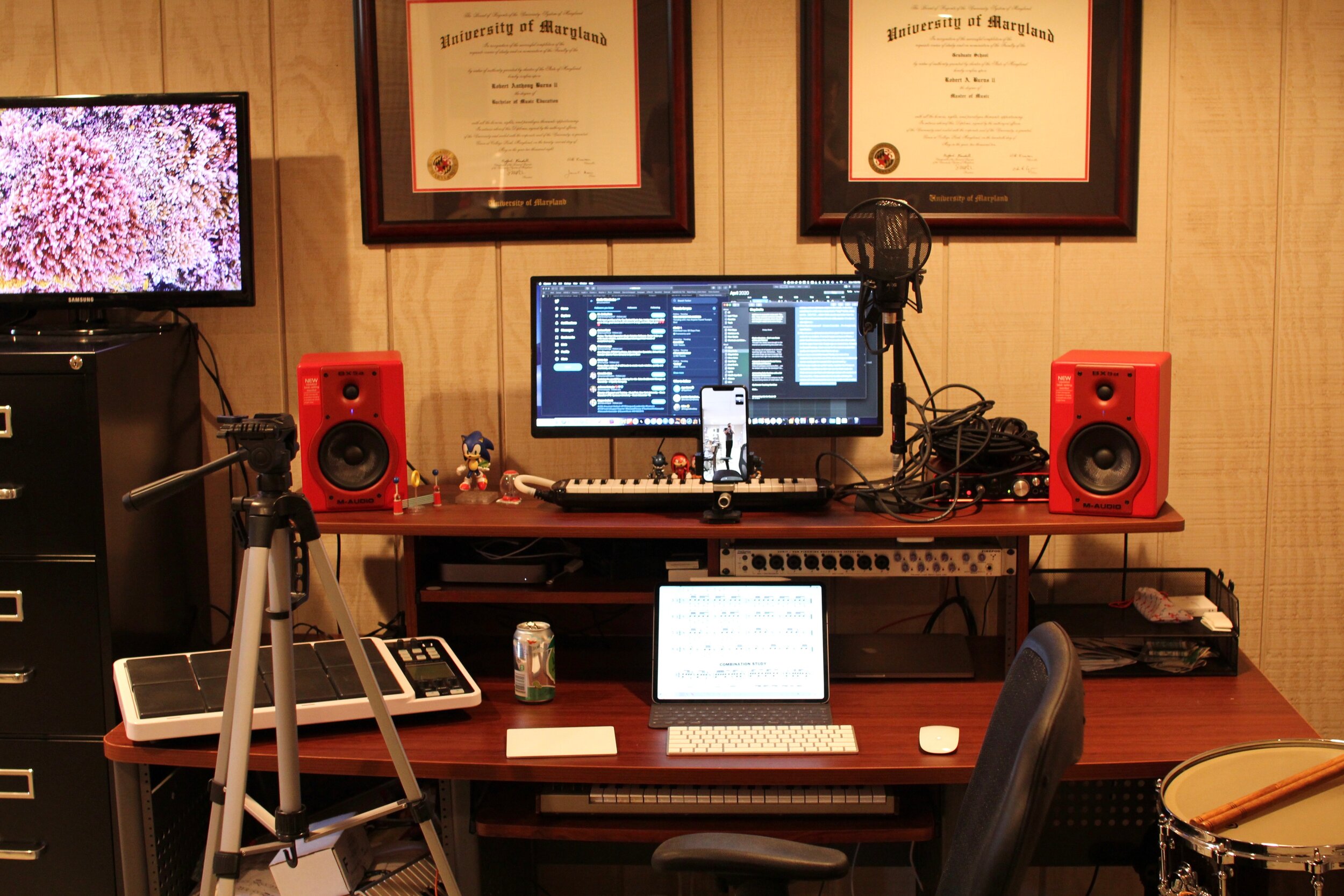Craig returns to talk about automating bedtime routines with Shortcuts, HomeKit automation, automating the Mac, our decision to end The Class Nerd podcast, and more.
Show Notes:
- HomePods at Best Buy
- Apple HomeKit
- Robby’s “My Favorite Technology” page - includes all home automation devices and apps he uses at home
- Wemo Smart Switch
- Lutron Caseta Smart Light Switches
- Philips Hue Smart Bulbs
- Shortcuts app
- AutoSleep sleep tracker
- Setting up HomeKit scenes
- Mysa Thermostats - for baseboard heating
- Honeywell Lyric Alarm System
- Robby’s Bedtime Shortcut
- Craig’s Bedtime Shortcut
- Robby’s Play Podcast in the Master Bathroom Shortcut
- Zoom
- Drafts
- iPad Magic Keyboard for iPad Pro with Trackpad
- Robby’s StaffPad Review - First Impressions of StaffPad for iPadOS | robbyburns.com
- Music Ed Tech Talk Episode 7 - Working with StaffPad
- Music Ed Tech Talk Season 3 Episode 5 - Taking Notes with Drafts, With Greg Pierce
- Slack
- AppleScript Support for Drafts on the Mac
- Shortcuts and Drafts action to save a Draft to Apple Note (You must have both installed)
- AppleScript Drafts action to save a Draft to Apple Notes
- Alfred
- List of actions I use in Alfred every day
- Search Google
- Search files
- Move/Copy Files from one place to another
- Clipboard manager
- Define and spell words
- Search OmniFocus
- Search Drafts
- Message people
- Email People
- Search GIFs on Giphy
- Searching websites
- Searching Emoji
- Jump to Slack Channel
- Music Ed Tech Talk Episode 6 - Paperless iPad Workflows - Discussion of what Markdown is
- Marked 2 app
- Brett Terpstra AppleScripts for Marked 2 and other Projects
- Things
- Todoist
- OmniFocus Automation
- Keyboard Maestro
- Hazel
- Video of my Keyboard Maestro macro for loan agreement forms in action
- The Class Nerd Semester 2 Episode 2 - To Automate or Not to Automate - discussion of DEVONthink
- Music Ed Tech Talk Season 2 Episode 11 - Automation and Advanced Workflows with Craig McClellan
- Music Ed Tech Talk Season 3 Episode 3 - Task App Showdown with Craig McClellan
- The Class Nerd Podcast
App of the Week: Robby - DEVONthink Craig McClellan - Dark Noise
Album of the Week: Robby - Fiona Apple: Fetch the Bolt Cutters Craig McClellan - Shawn McConnell: Live From Basement East
Where to Find Us: Craig McClellan: Twitter | Website Robby Burns: Twitter | Blog
Subscribe to Music Ed Tech Talk:
Apple Podcasts | Overcast | Castro | Spotify | RSS








